Campus Planning is responsible for the design, purchasing, and install coordination of signage on campus. This includes permanent exterior and interior signage, and outdoor temporary signage.
Signage services include:
- New signs and existing message changes for permanent exterior and interior signs
- Temporary signs for events and construction detours, including maps and access instructions
- Maintenance and repairs for most signs (depending on type)
- Donor and recognition signage
- Consultation on wayfinding strategies, such as access routes and room numbering

Application and Usage
The intent in positioning signage is to identify, direct, inform, or control. Choice of sign type depends on application, visibility, and target audience or potential users. Written and visual contents, as applicable, must be well organized and easily understood.
Most signs are requested by completing a Service Request. For further information, refer to the How To Order section, or contact Campus Planning and/or Signage Coordinator.
To report any signage repair/maintenance concerns, please email facilities@yorku.ca. Kindly note for any user initiated changes to existing signs, the cost is the responsibility of the request originator.
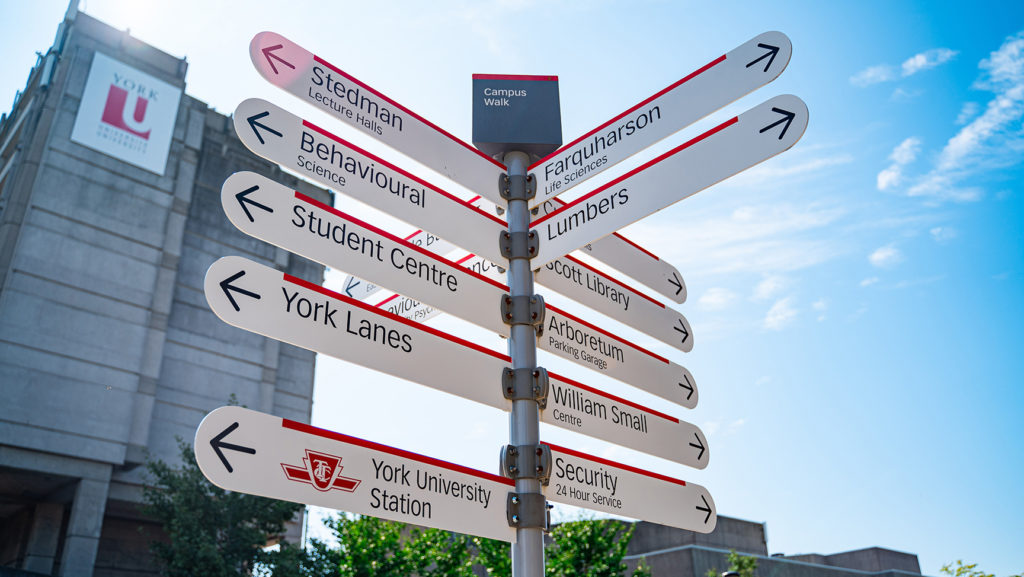
Exterior Signage
This includes but is not limited to building identification, pedestrian and vehicular directional, jurisdictional, regulatory, traffic and parking, and other signs located in the outdoor environment.
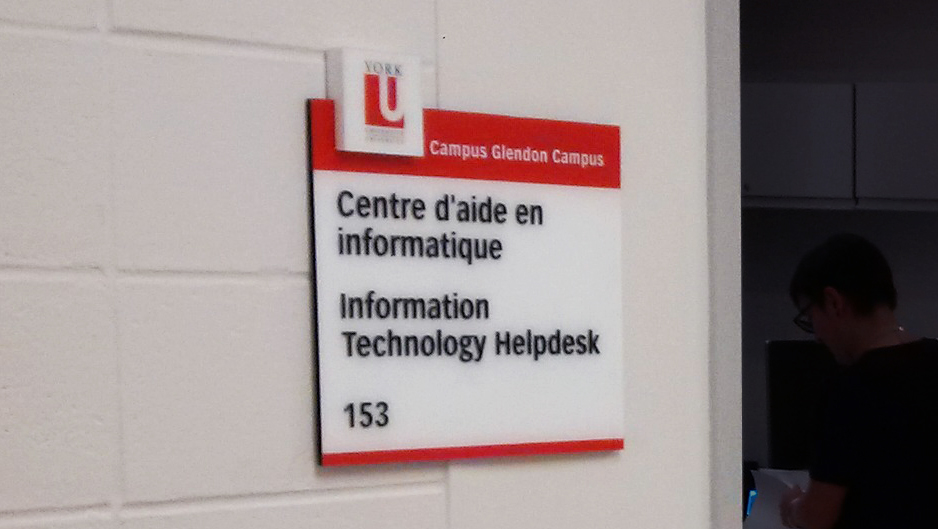
Interior Signage
This includes but is not limited to building directory, directional signs, identifications for rooms and building amenities, selected life safety signs, lettering for feature walls, and window/wall graphics located within buildings.
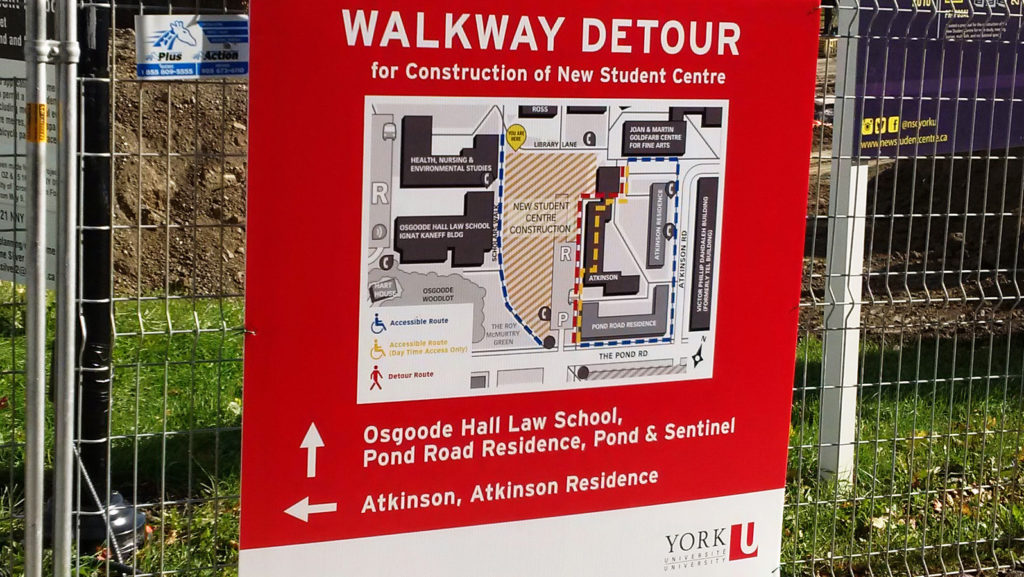
Temporary Signage
These signs are intended to be used for short period of time and/or special circumstances. For example, providing information on detours and alternative travel routes; directing the York community and the public between event venues and public transit or designated parking lots.
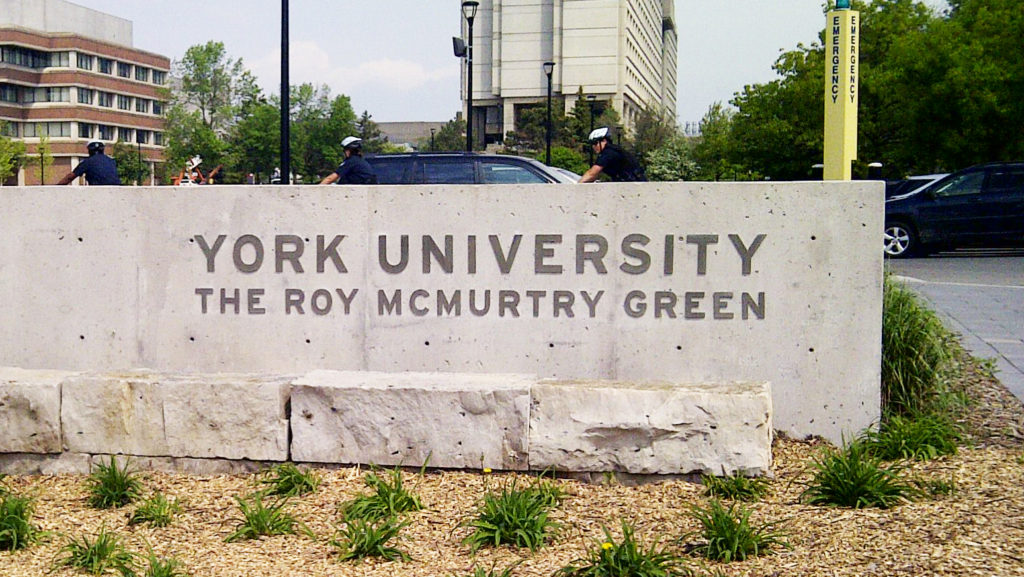
Recognition Signage
This includes but is not limited to donor naming on building facades or landscape walls, interior dedication signs, custom plaques for artwork or special collections, and awards displays.
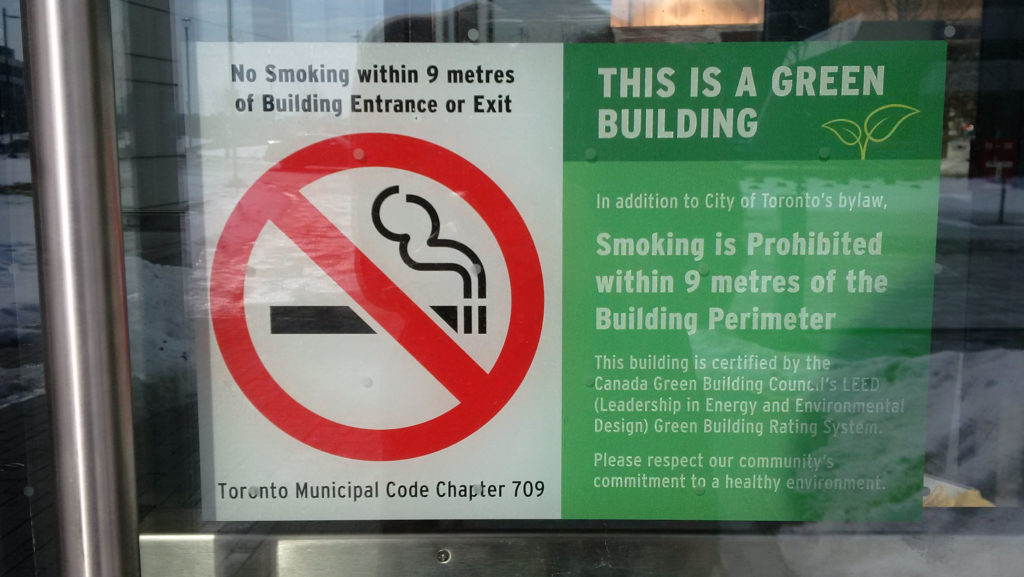
Decals
This includes but is not limited to University vehicle branding, equipment labels, various instructional and regulatory signs (e.g. No Smoking/Vaping signs, Push/Pull signs), and life safety related stickers.
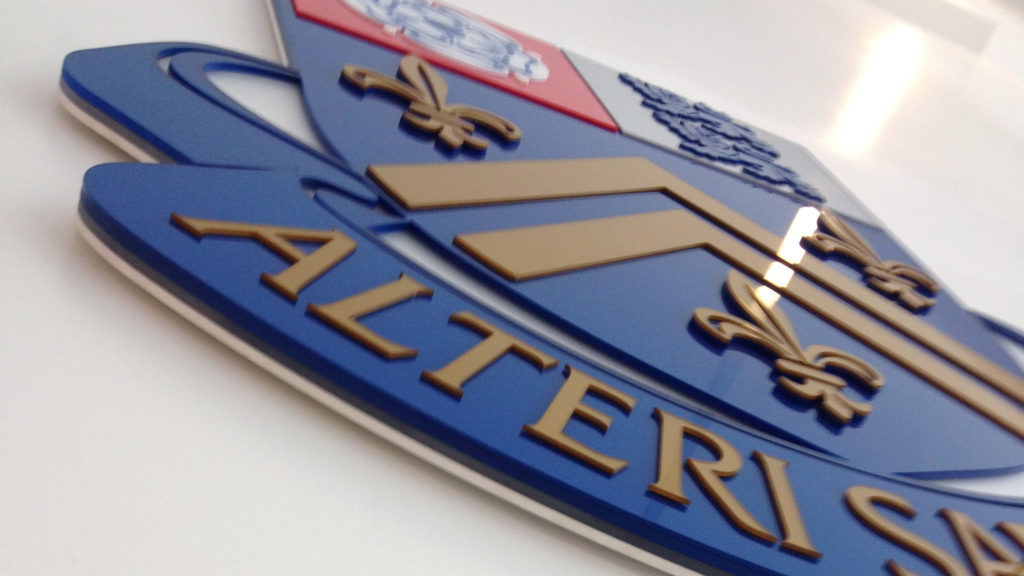
Other Signage
This includes construction and promotional messaging on various substrates (e.g. vinyl canvas, fabric mesh, crezon panels), custom signs, digital stamps, and other signage related items.
Processes and Timelines
Signage Standards
Signage standards were created and implemented to establish a distinct and professional visual identity throughout the University. They intended to assist planners, designers and manufacturers of campus signage in achieving a controlled and unified system that maintains brand consistency.
Please refer to Building and Major Renovation Standards webpage for further details.
